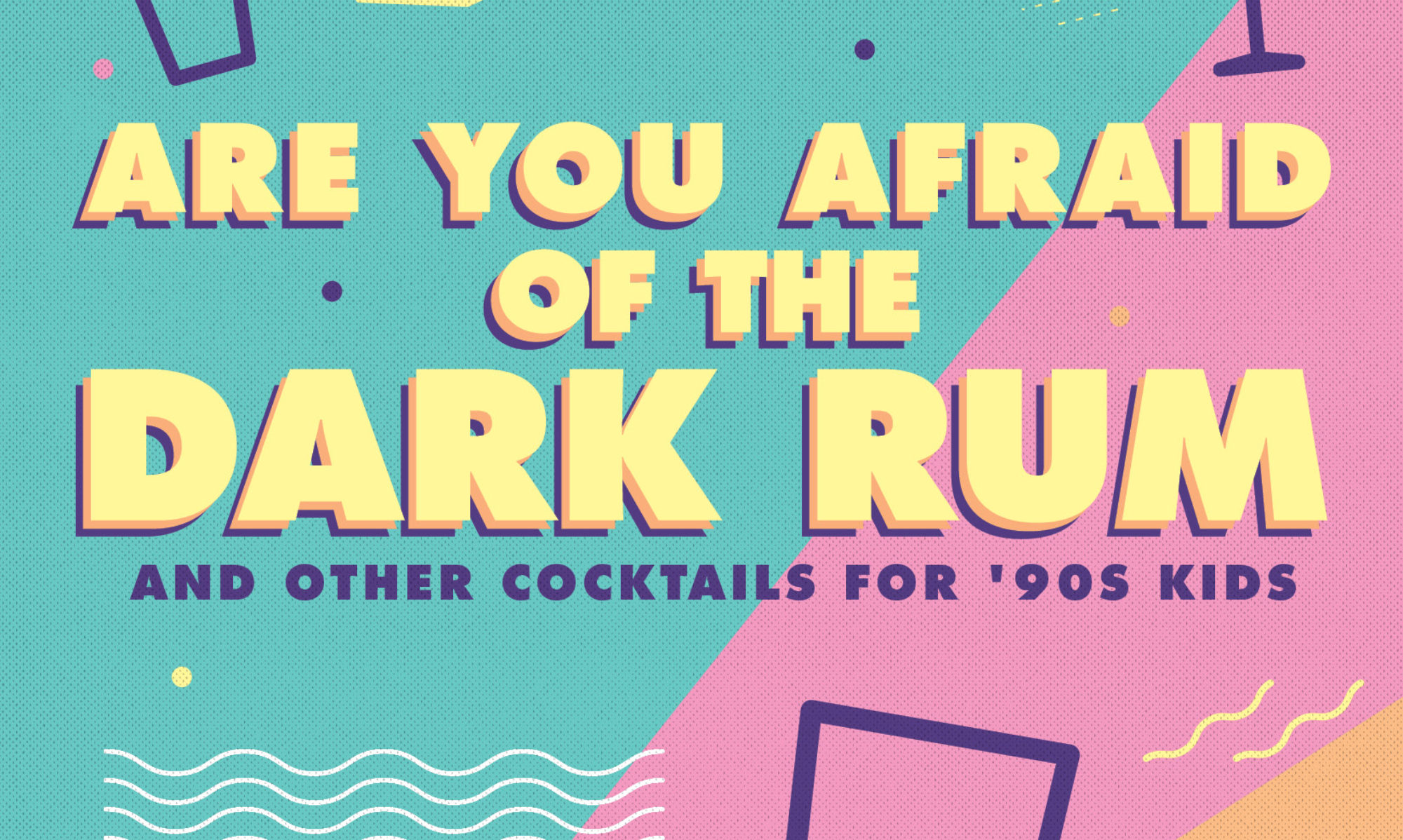
I’ve been a fan of Stranahan’s for a few years now, since getting to experience the annual Snowflake release for the first time in 2017.
(Sidebar: I also made one of my best booze-writing friends on that trip, too! There’s something to be said for being outside and a little drunk on coffee and whiskey at 3 a.m. in Denver in December.)
While at the distillery, I had my first real experience with American Single Malt whiskey and got to try not only their Original and Diamond Peak but of course the Snowflake release (which people used to line up for days in advance, camping out outside the distillery.) I forget what the release was for that year, but this year, I was able to go back to Stranahan’s for the first Snowflake release in two years. Instead of being at the distillery, as it used to, this year’s release took place at the iconic Red Rocks Amphitheatre. I could go into the natural beauty of the spot, but words wouldn’t do it justice. Well, one word does:
Damn.

(I’ll be getting to the cocktail, I promise, more on Snowflake first.)
Seeing Red Rocks for the first time is a humbling experience. Then, when you pair it with delicious whiskey it becomes a whole new experience. Seeing that many people coming together to celebrate a special release is fun, and it is a nice reminder that sometimes all it takes to get along is a good drink.
This year featured two releases, Sunshine Peak (the 2020 release) and Mount Eolus. Sunshine Peak was finished in apple brandy (Calvados and Applejack) as well as Moscatel and Cabernet wine casks. Mount Eolus, on the other hand, was finished in rye, reposado tequila, extra añejo tequila, French oak, lightly peated whisky, and tawny port barrels. They are very different whiskeys that appeal to different palates.
I preferred the fresher, brighter Sunshine Peak over the richer, spicier Mount Eolus, but both have their place. I think of Sunshine Peak as a spring and summer whiskey while cooler fall days call for Mount Eolus. The unfortunate thing about Snowflakes, though, is that unless you are there that day, you ain’t getting any. The whiskeys sell out every year, and for good reason. I will, however, be savoring my bottles as long as possible.
Anyway, cocktail time. This drink features Stranahan’s Blue Peak, an American Single Malt that is aged in new American oak and Solera finished. (Solera being a fractional blending method, which results in a variety of ages being blended together.) I liked the mix of mellow single malt whiskey with tropical pineapple and just a bit of added heat from the cayenne. I couldn’t necessarily have more than one of these, but that’s what a rocks glass, a big ol’ cube, and straight whiskey are for.
Old Fashioned on Island Time
Ingredients:
- 2 oz Stranahan’s Blue Peak
- .5 oz pineapple liqueur
- .25 oz maple syrup
- 2 dashes chili bitters
- Orange twist (discard)
- Dried pineapple
- Sprinkle of cayenne
Method: Stir Stranahan’s Blue peak, pineapple liqueur, maple syrup, chili bitters, and orange twist in a glass over a large ice cube. Garnish with dried pineapple and a sprinkle of cayenne.


